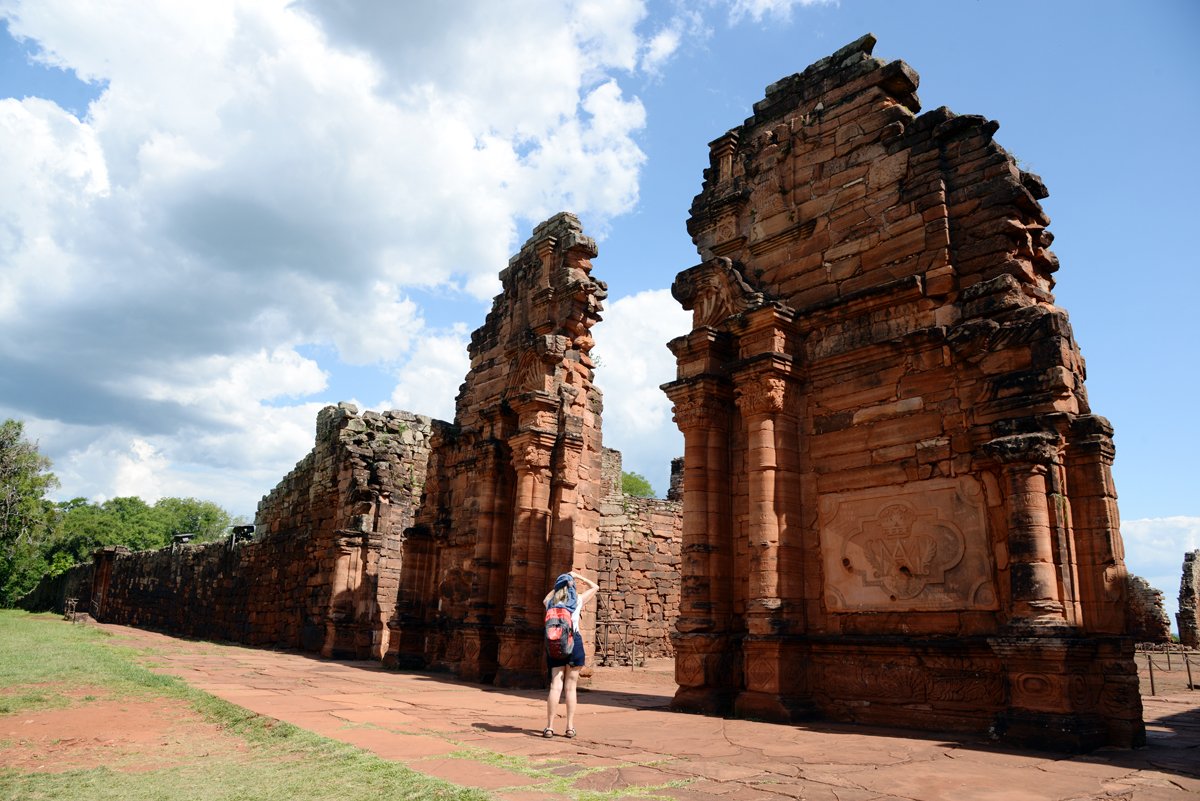
Nature and especially the Iguazu Falls is what makes the north-eastern corner of Argentina an atractive tourist spot. This narrow piece of land between Paraguay and Brazil has also an interesting history. Luckily I found out abot the Jesuit ruins when I was planing the trip, so that I could include a visit. These ruins were once well functioning setlements. During the period from 1609 – 1769 the European Jesuits missionaries built 30 missions in Argentina, Paraguay and Brazil. These so called «reducciones» were built for the indigenous population – the Guarani. The Jesuit missionaries did not use force when teaching the Guaranies christianity. The Jesuit monks were very successful in creating urban communities in the jungle. They taught the Guarani people construction techniques, music, woodcarving etc. These communities were also sustainable, as they traded and sold agricultural produce. These «reducciones» could house up to 40 families. Besides the houses where the families lived, there was a church, workshops, cemeteries. Etc.

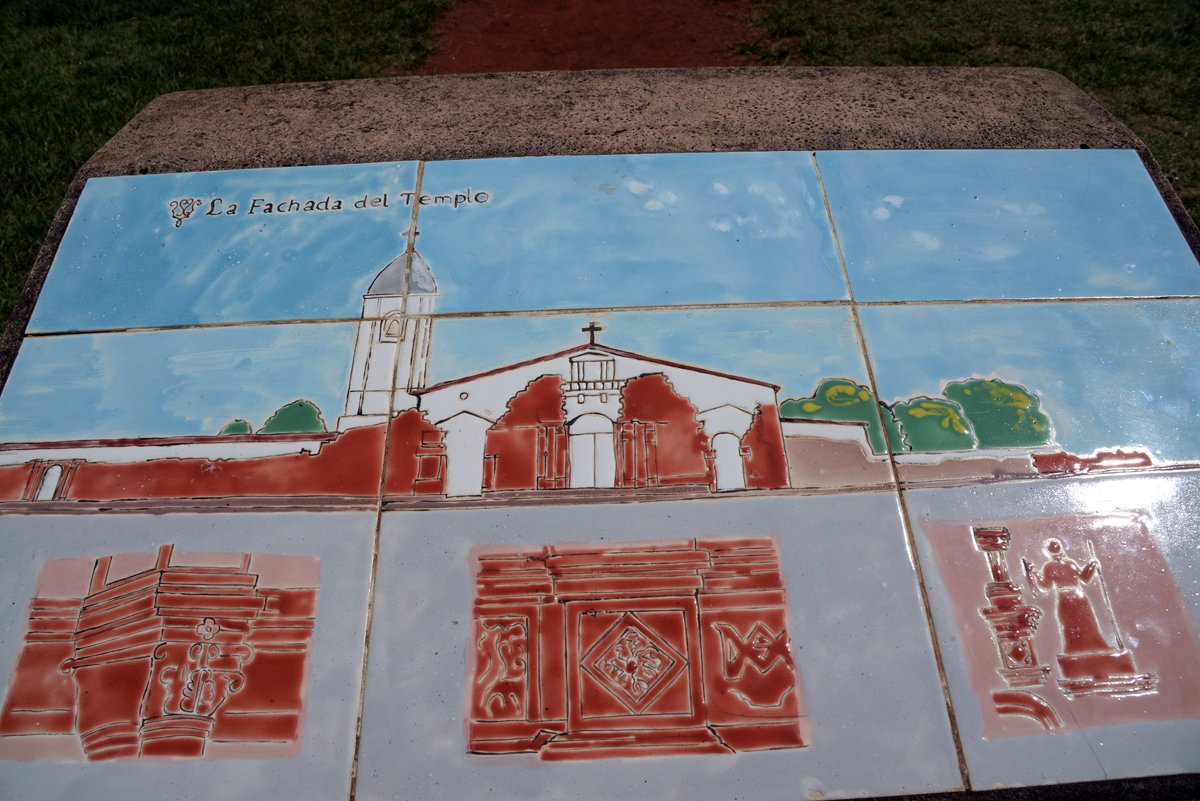
 The churchgate
The churchgate
From Posadas, located at the river which also function as the border to Paraguay, we took the local bus to the small town San Ignazio. Before continueing to Puerto Iguazu, we wanted to explore the Jesuit ruins located in the center of town. The complex of ruins is called San Ignacio Mini. There are four Jesuit settlements in Argentina, but San Ignacio Mini is the one that is best preserved. We visited the complex the same day we arrived in San Ignacio. It is located in the middle of town and therefore easily accessible. After we had paid the entrance fee, we went through the small museum with exhibition like pottery. Before we went on to the ruins, we studied the map to get an idea of what is what. What remains of the facade of the church is impressive, although not much. A plan in front shows how it has looked. It is also great when we first enter it. It is certainly the most impressive structure in the entire complex
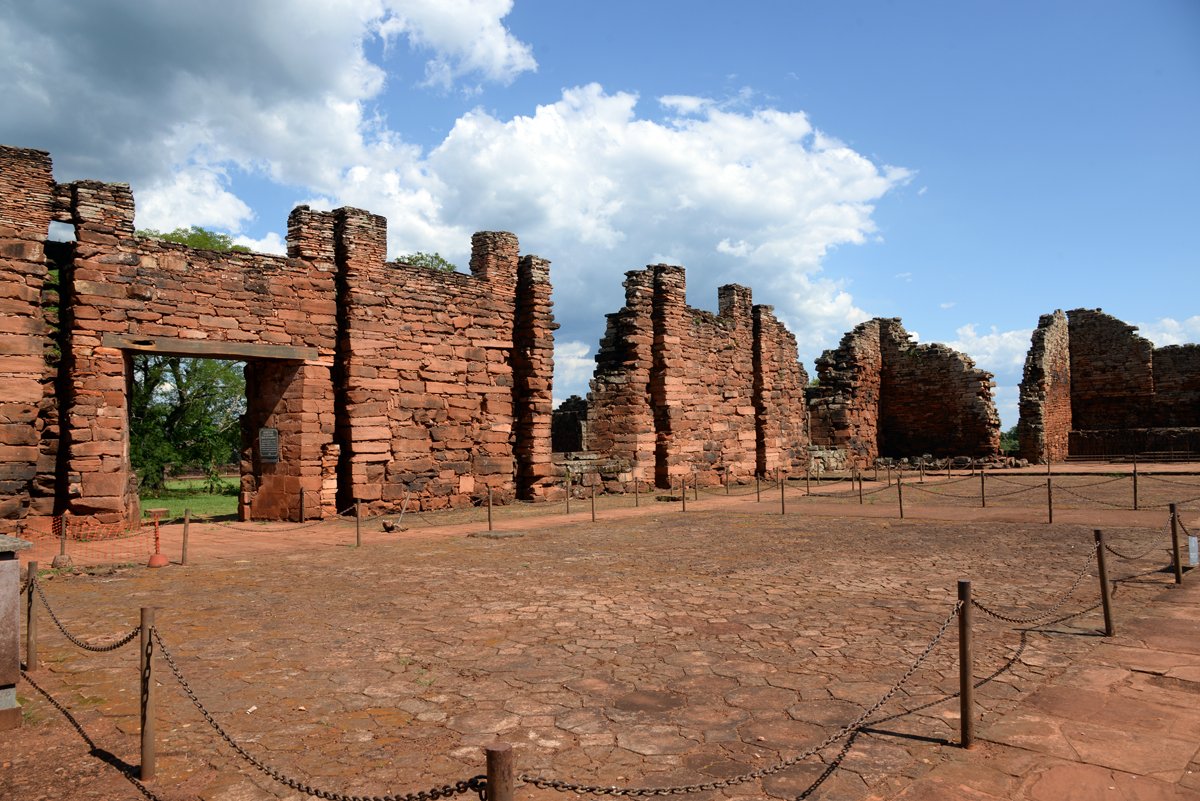

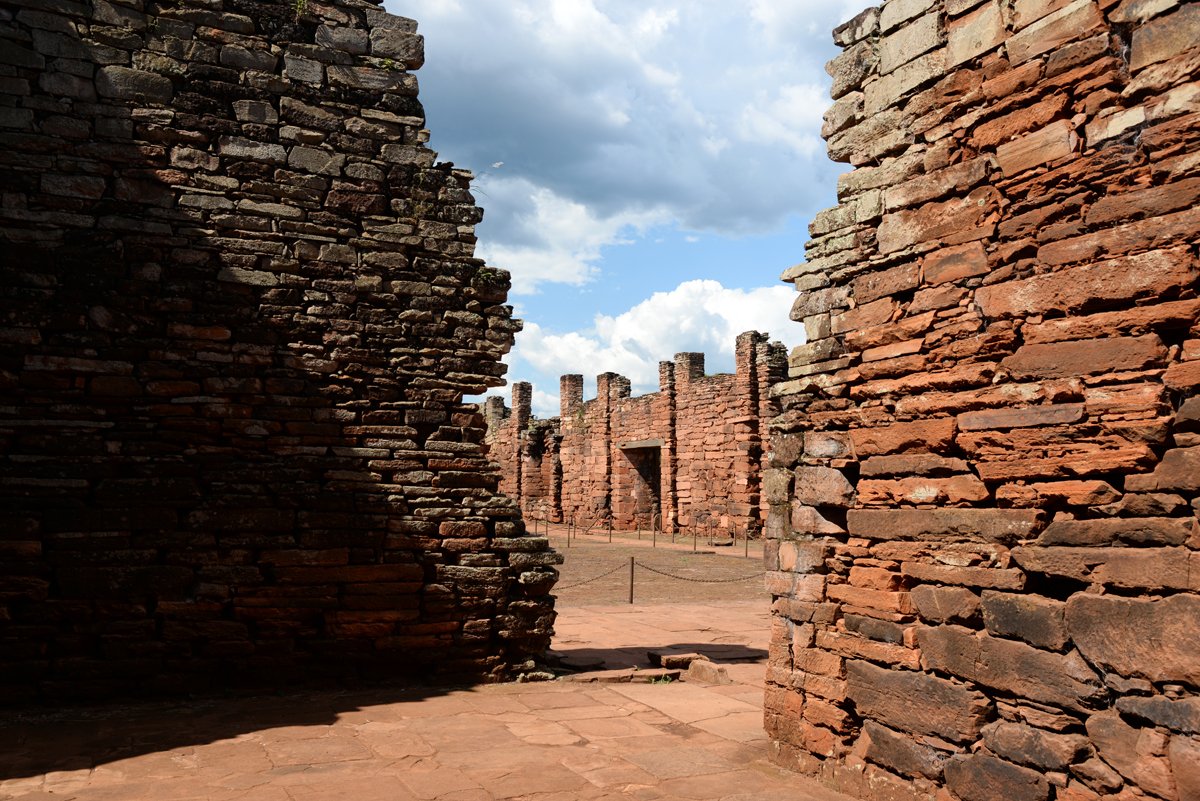
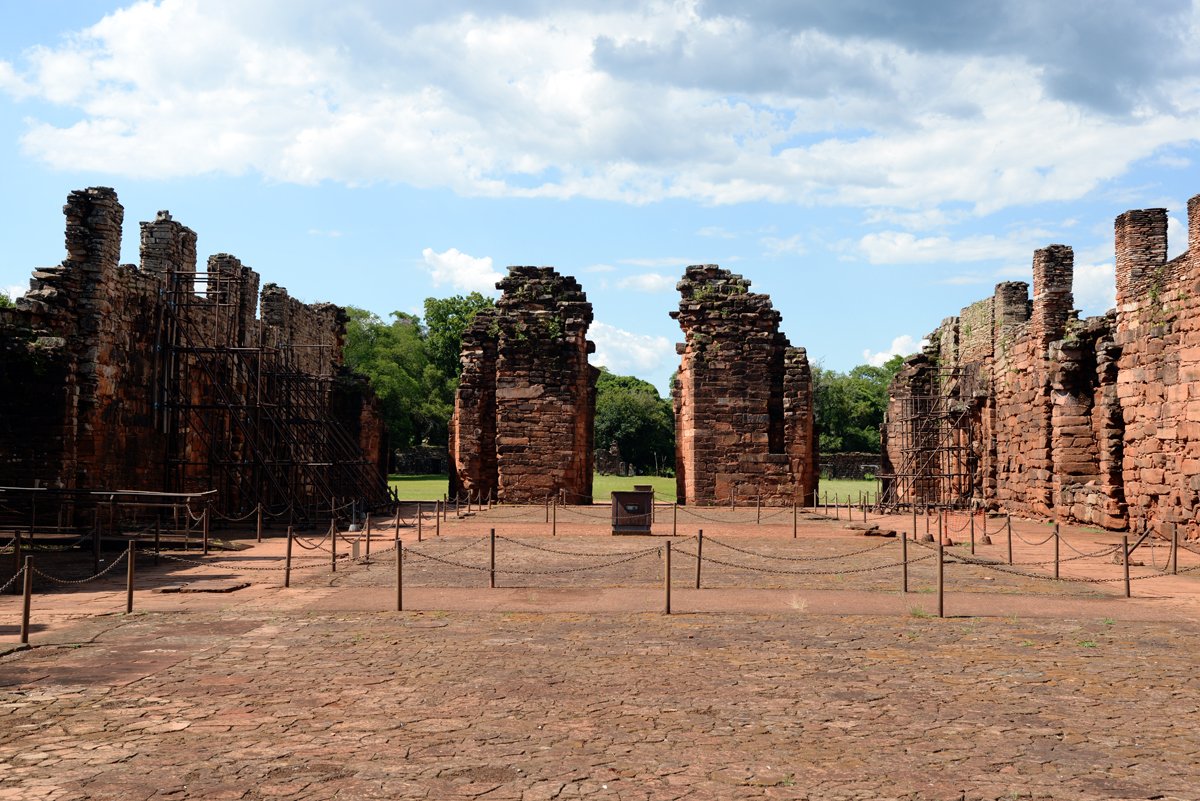
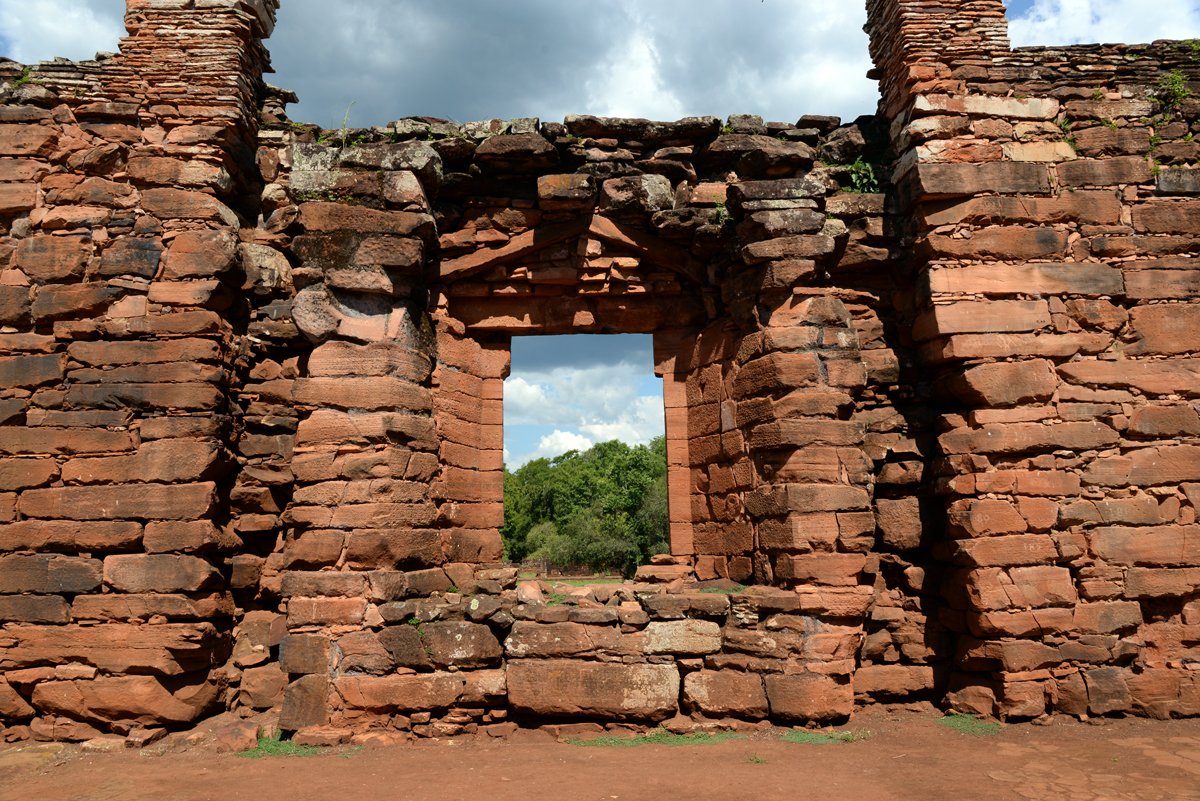
In the area with the ruins, you first come to a couple of rows of houses. Eaah of these could house a family. As we go further, we pass the large square and straight up to the church. Carvings can still be found on several of the ruins. The buildings no longer have a roof, but the walls still clearly show their size. Then there is the area where the workshops once were, the quarter of the monks, cemetery etc

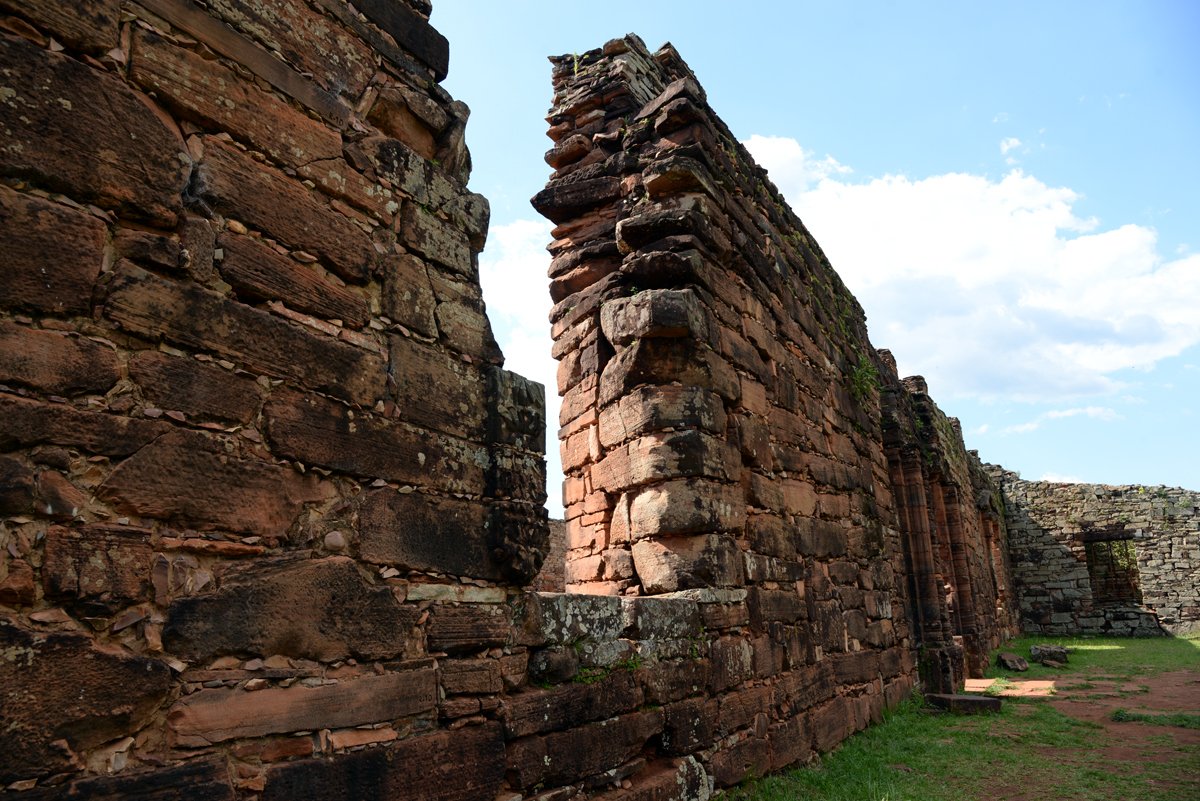
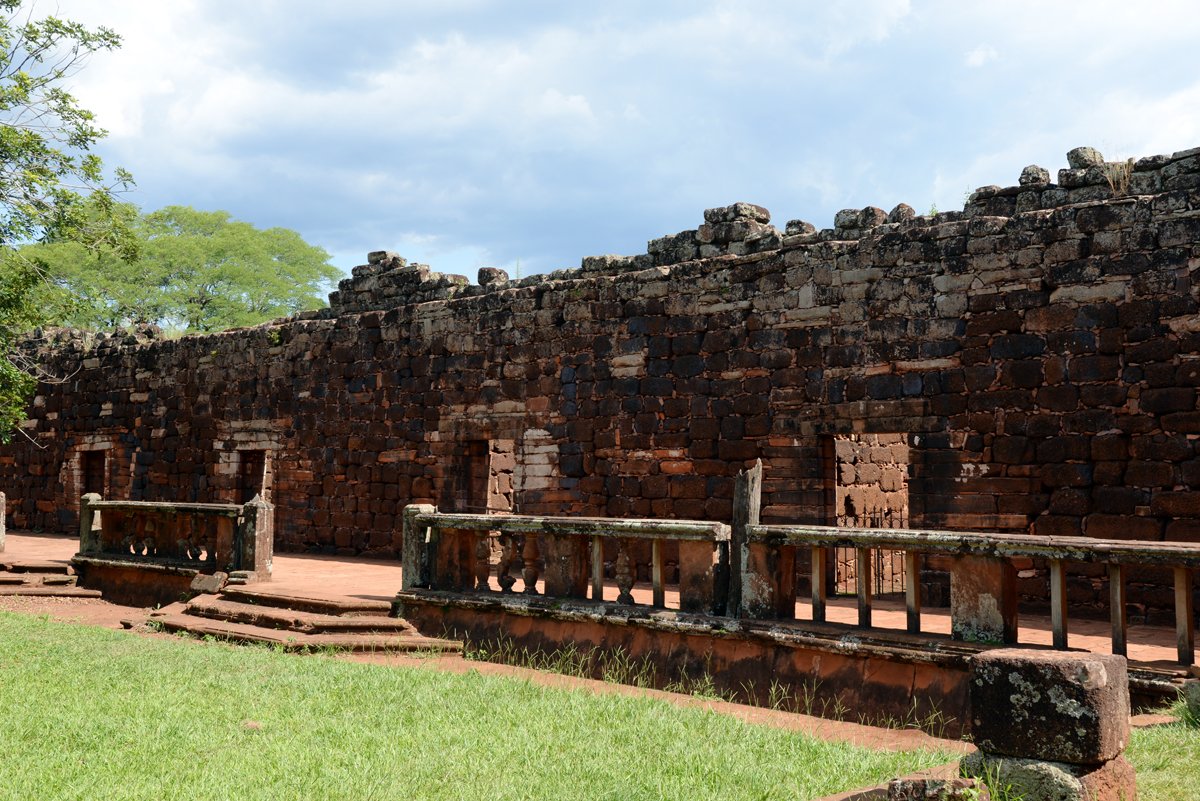
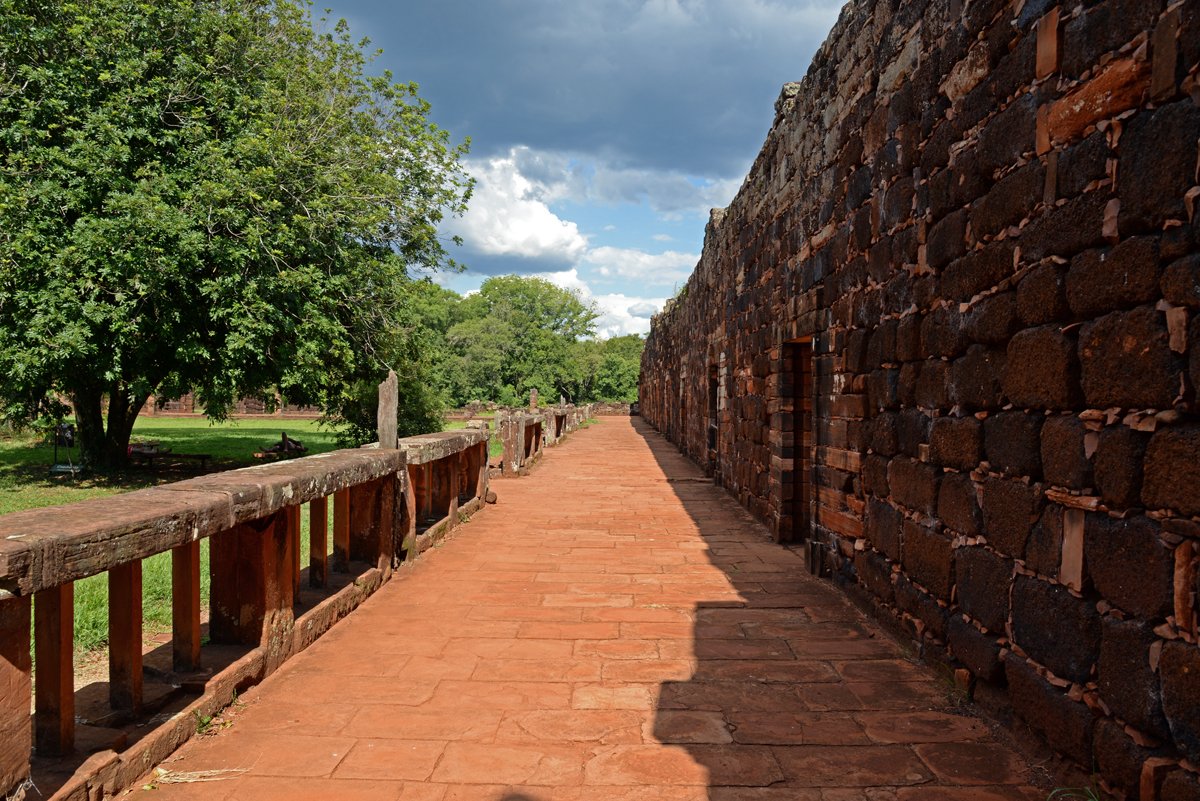
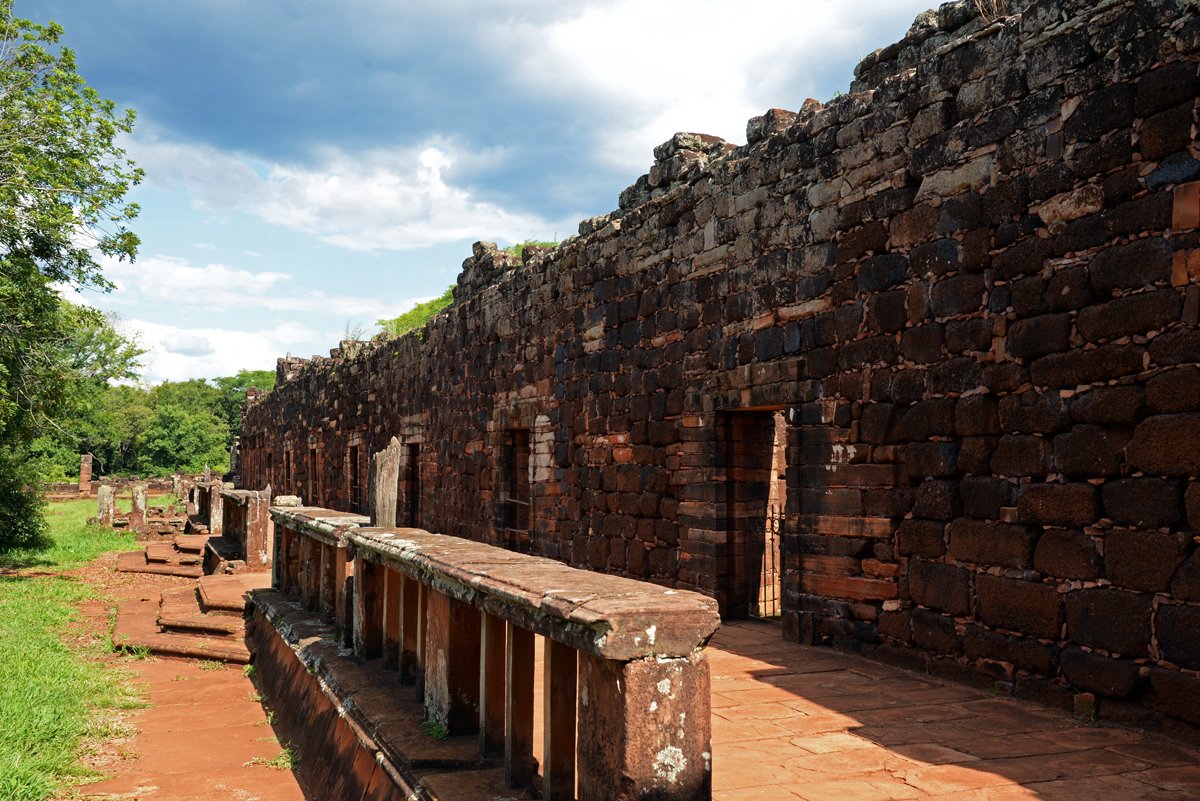
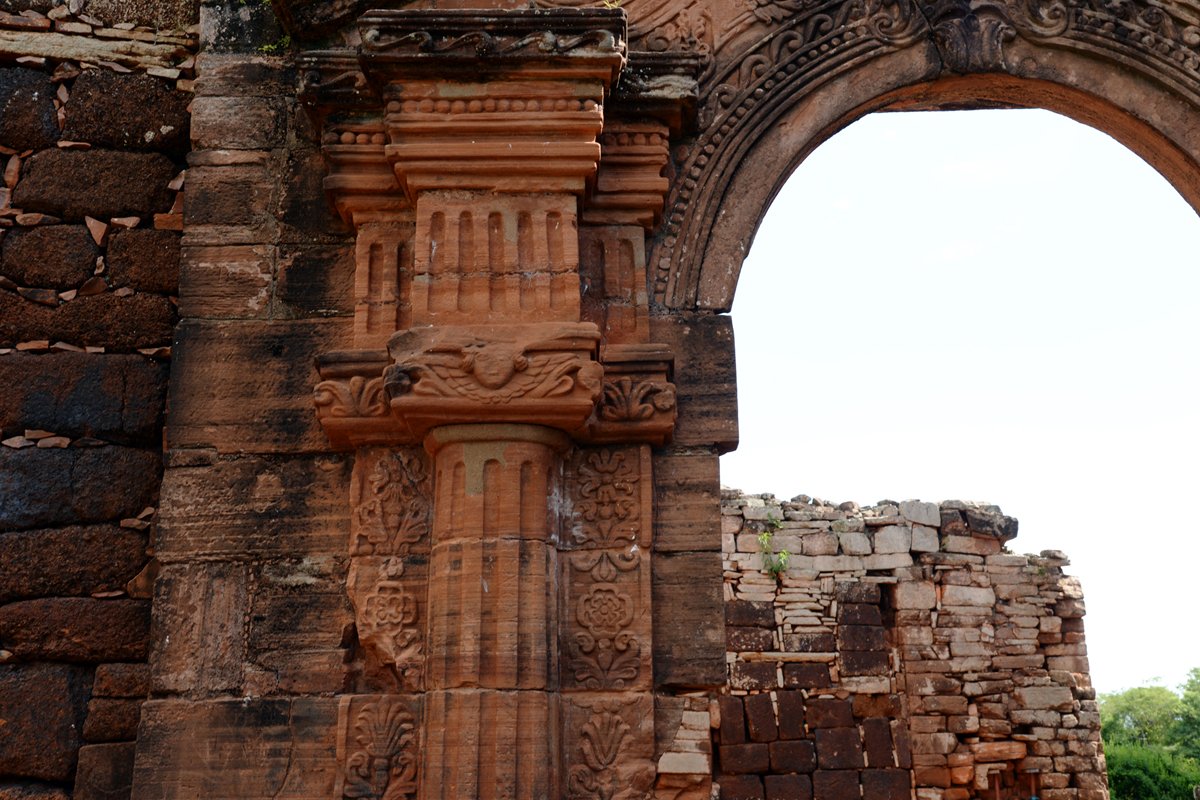
San Ignacio Mini was founded in 1610, but was originally located elsewhere. Because it was constantly attacked, they moved the whole town until in 1695 it ended up where it is ocated today. The monks moved to this location in order to try to protect the guaranies from ending up as slaves.
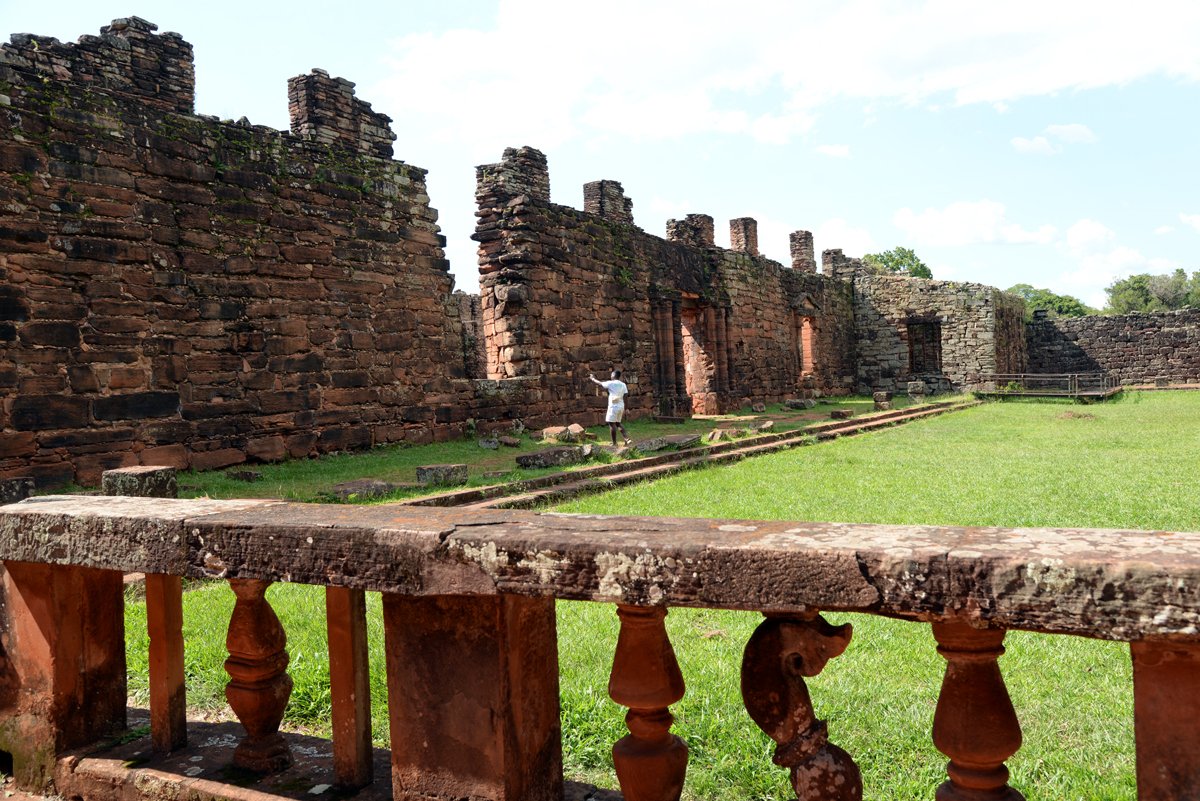
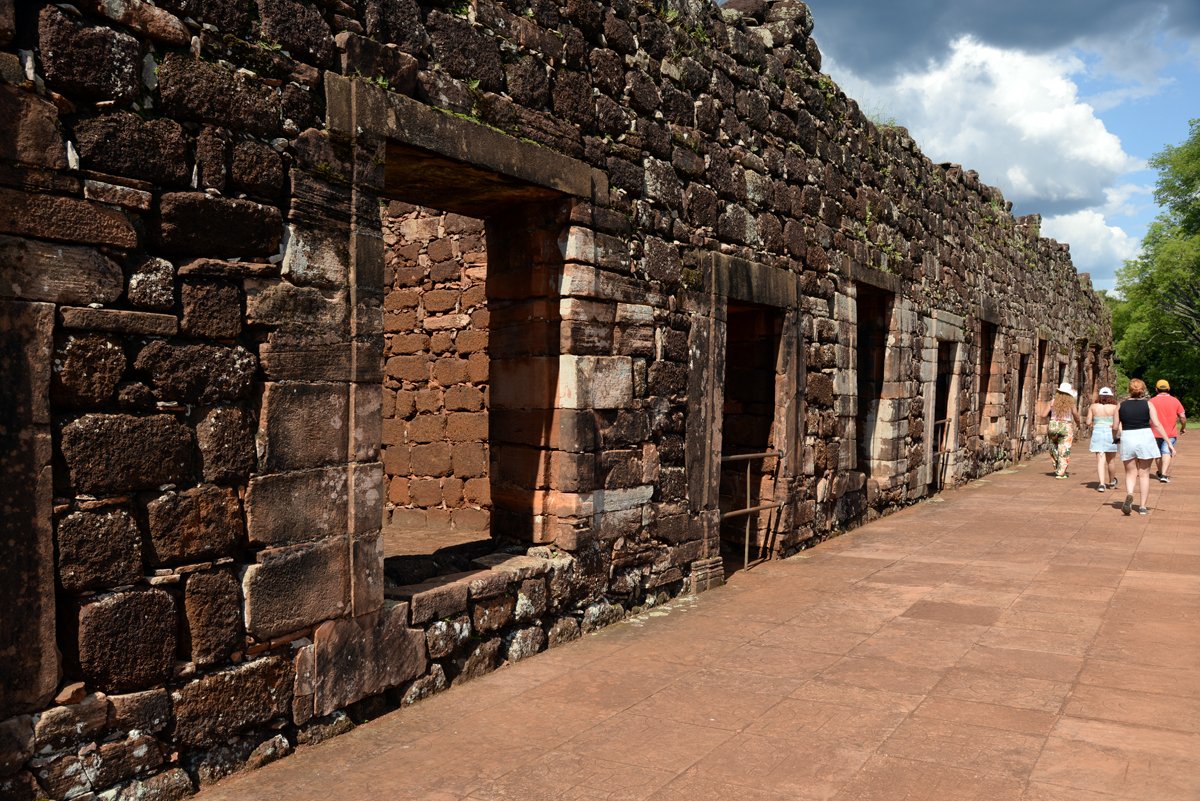
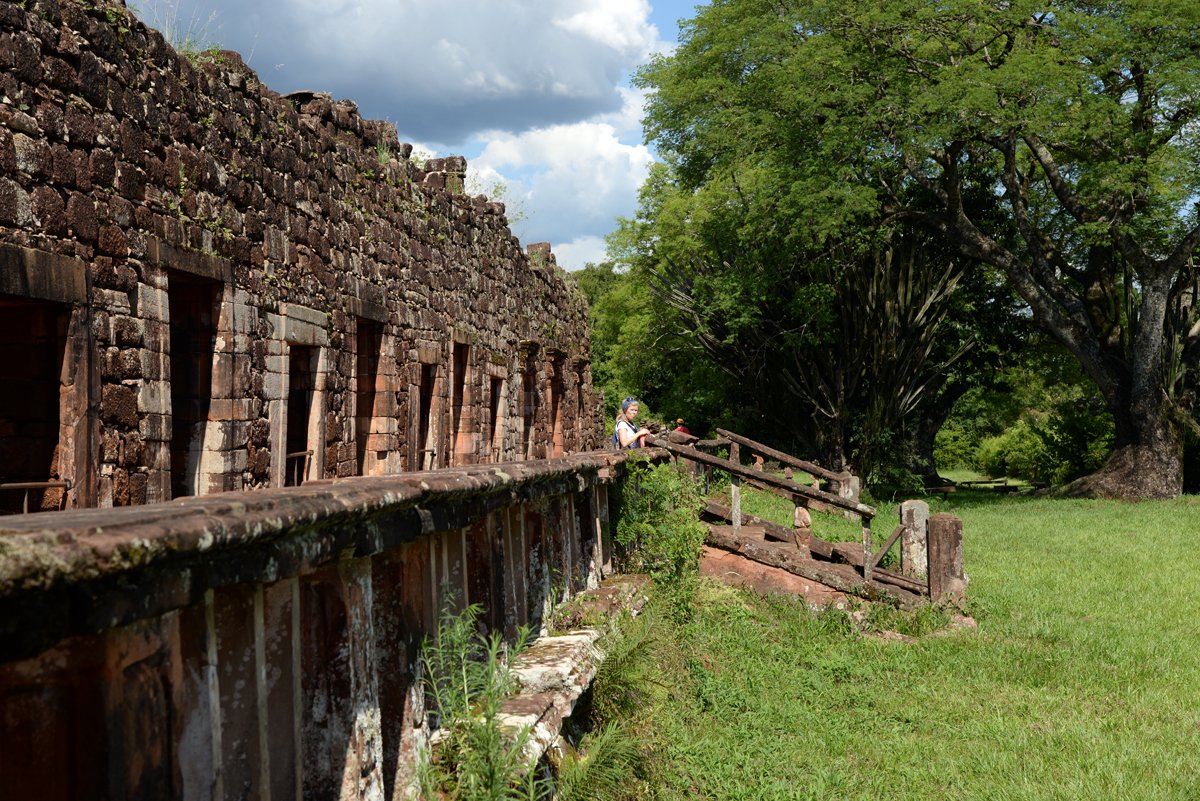
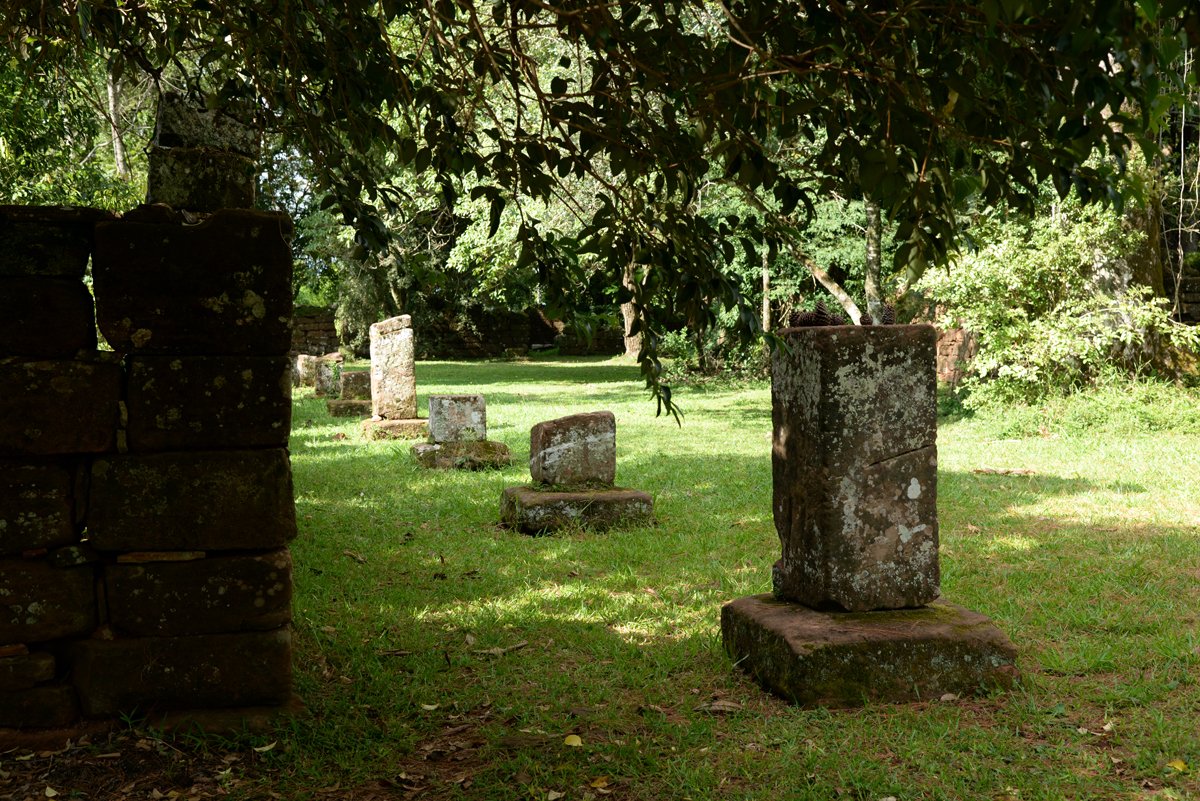
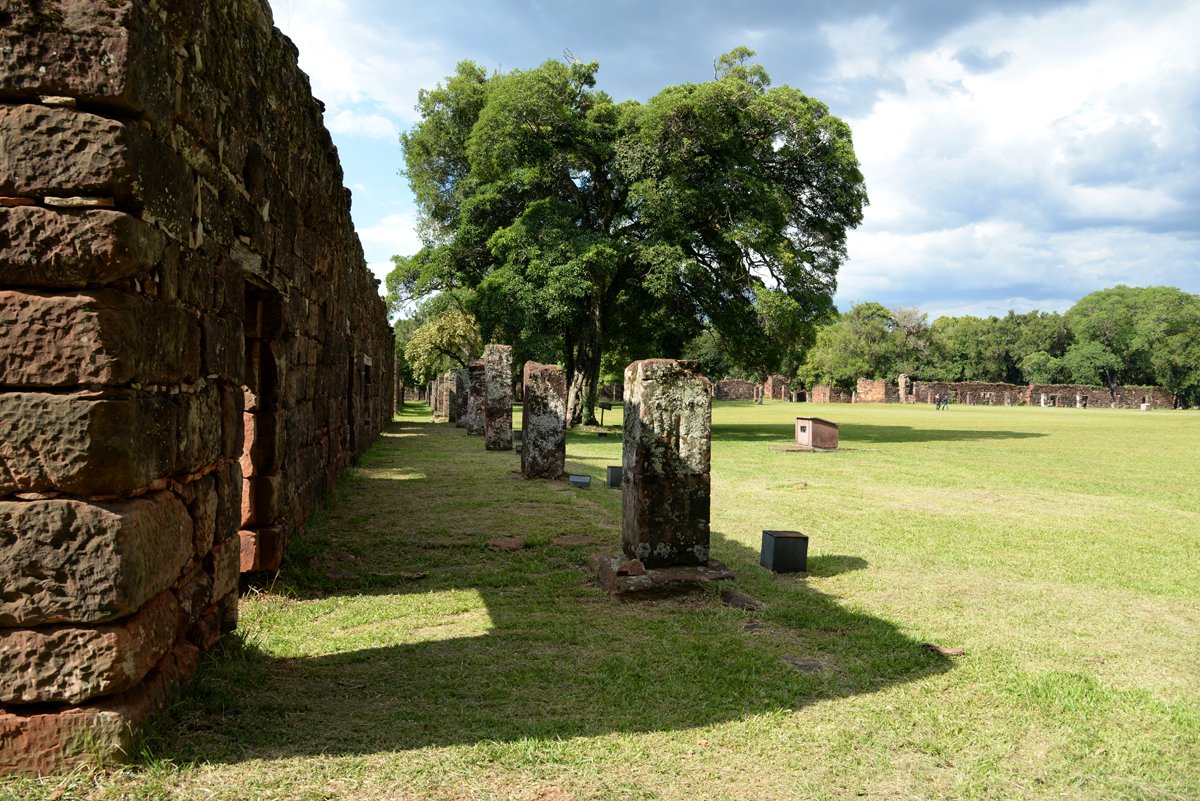
In total, in the period around the year 1700, they had created 30 communities in the Paraguay, Argentina and Brazil. Together, these consisted of 50,000 inhabitants. It was Spain that was the colonial master at the time. As it eventually saw these communities as a threat to its own position of power and therefore forced the Jesuits to end this in 1769.
From either Posadas or San Ignacio it's possible to take a daytour to Paraguay, to visit the ruins of La Santissima Trinidad and Jesus de Tavarangue. I haven't checked about Brazil, but it should be possible from Posadas or San Ignacio as well.
Powering up 100% of all liquid payout! Thanks for the support for making this possible for me each week lately, ty! 😂👍

Please do follow if you want to keep up with my next travel post. Any upvotes or resteems are hugely appreciated!
Latest powerup post, check out :
My Weekly Powerup | #club100 | Røldal Stavkirke, a church from the Middle Ages (Norway) | #steemexclusive / 5 photos
U.J
Kristiansand, Norway
All the photoes are mine, Ulla Jensen (flickr, Instagram and facebook)
Read about us? // Main page!
Latest content: Travel, Art, Food, Article, Photo




 The churchgate
The churchgate

















